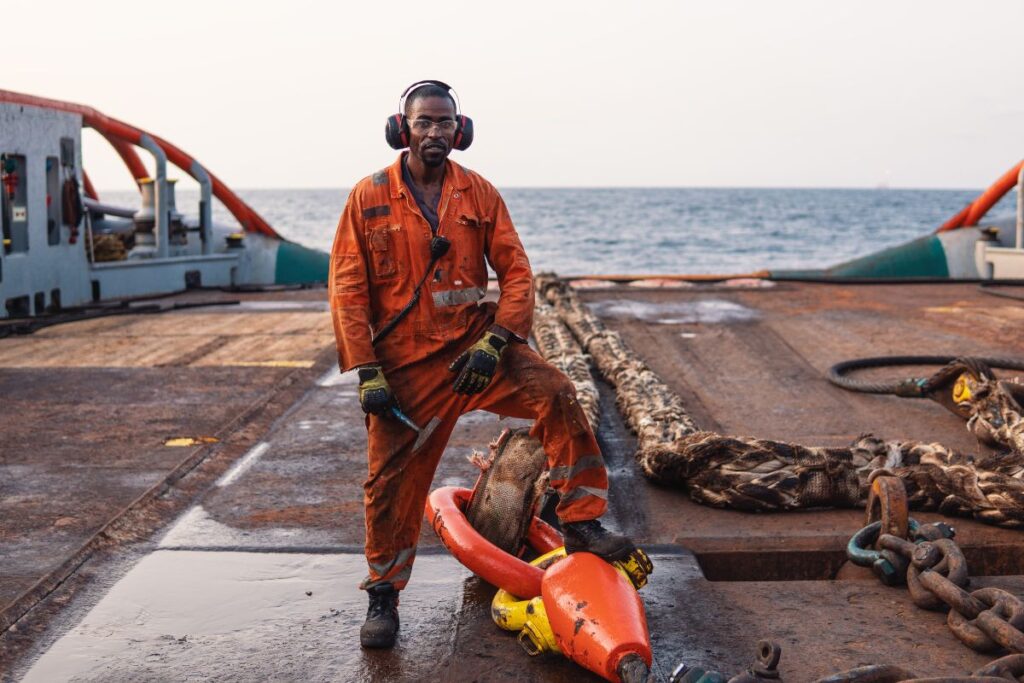Working at sea is always associated with a certain degree of danger; the threat affects seafarers directly. The maritime worker and employer must know the most frequently reported naval injuries.
This overview will look at the most common types of seafarers who experience mishaps, which may range from slips and falls to equipment mishaps and exposure to dangerous materials. If a person has been injured, it is usually necessary to seek the services of maritime injury lawyers due to their marked specialization in maritime law.
- Slips and Falls
Ship and other boat accidents, slips, and falls are frequent maritime incidences, contributing to 30% of all naval ailments. These accidents may happen because of slippery floors, unbalanced decks, or failure to observe necessary precautions. The risk is even higher as a vessel moves and can produce sudden movements. Accidents due to slips and falls are broken down from minor injuries such as bruises, moderate injuries such as broken bones, and serious injuries such as head injuries. Such accidents are something that seamen are encouraged to report to stop such occurrences; maritime personal injury attorneys can assist those injured in gaining compensation for such accidents.
- Equipment Accidents
Maritime mishaps, including injuries, account for about 25% of injuries from mishaps involving machinery such as cranes and other heavy equipment used at sea. Some of the usual injuries one can get include compression injuries, cuts or abrasions, and severed limbs. Technical work, such as the operation of large, heavy equipment, needed to be addressed appropriately with the right track and directions of safety measures. However, sometimes the personnel is not trained enough, or the equipment is faulty, so severe incidents occur. Employment lawyers based in maritime environments are vital because they fight for justice for workers who get injured on the line.
- Exposure to hazardous materials
Maritime workers often come into contact with dangerous substances and, as a result, get injured through chemical burns. This category contributes to approximately 20% of marine injuries and involves handling toxic substances, fumes, and flammable products. They may present as respiratory diseases, skin rashes, or other chronic diseases, including cancer. Sometimes, the legal aspects of exposure to toxic substances may not be straightforward, and this may require the help of maritime injury lawyers whenever there is an issue concerning legal violation of workplace safety measures and compensation needed for medical bills.
- Work-Related Fatigue
Another critical causative factor is work-related fatigue; researchers have found fatigue can also raise the risk of injury in maritime workers by 50%. Stressful working conditions such as long working hours which they work for end up feeling exhausted, thus making bad decisions and slow reflexes. Such fatigue may lead to slip and fall and equipment-related incidents, further to dangers inherent in maritime operations. Combating fatigue through improving shift management and appropriate breaks is critical in enhancing safety on board.
- Other Common Injuries
Besides the injuries above, maritime employees can also suffer injuries from attacks, diving, and falling overboard. These events, however, are comparably rare but have potentially more damaging results. Also, any work that entails dealing with the maritime sector exposes one to depression and anxiety due to the stressful nature of jobs in this sector. It is essential to understand the various kinds of injuries that can happen on board to avoid them and, when required, consult an attorney.
Final Thoughts
Seafaring involves many risks that can cause more severe harm. Slips and falls, accidents with equipment, and chemical or substance exposure are always around the corner. In case of an incident in sea-related activities, the injured person must talk to marine injury attorneys about legal options. Knowledge of these general injuries will go a long way in enhancing the safety standards within the maritime sector and enable personnel afloat to safeguard themselves efficiently.

